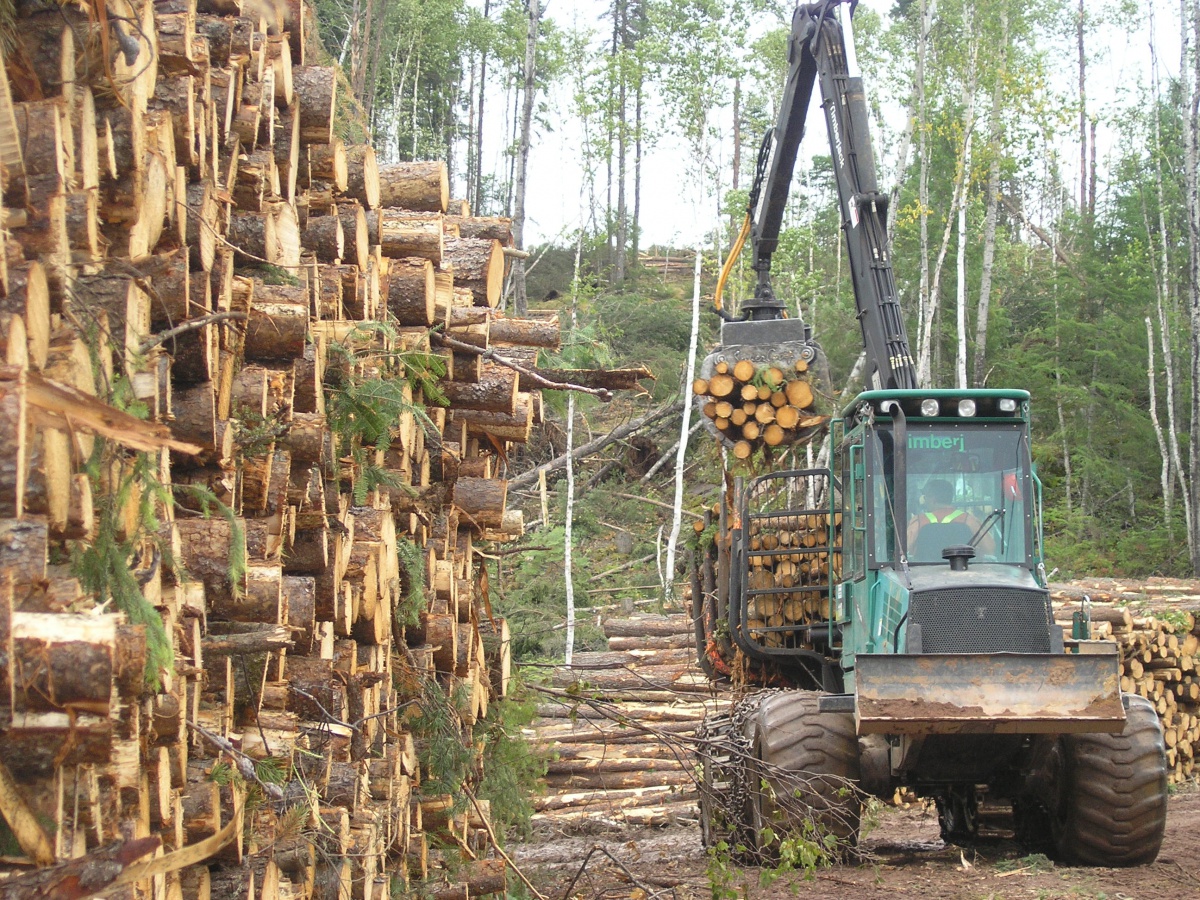Lumber Supply
 According to industry surveys, lumber constitutes roughly 40 percent of the cost of manufacturing a structural component. As a consequence, an adequate supply of North American softwood lumber is vital to the success of component manufacturers. Insect infestations and wildfires (natural forces), as well as protectionist trade actions and logging restrictions (man-made forces) can have a significant impact on the available supply of lumber. Forces that constrain supply at a time when demand increases (i.e. growth in residential construction), can have a severely negative impact on the stability of lumber costs.
According to industry surveys, lumber constitutes roughly 40 percent of the cost of manufacturing a structural component. As a consequence, an adequate supply of North American softwood lumber is vital to the success of component manufacturers. Insect infestations and wildfires (natural forces), as well as protectionist trade actions and logging restrictions (man-made forces) can have a significant impact on the available supply of lumber. Forces that constrain supply at a time when demand increases (i.e. growth in residential construction), can have a severely negative impact on the stability of lumber costs.
Top Resources
A significant region of forestlands in British Columbia and the Northwestern United States has been devastated by the mountain pine beetle. This article reviews potential impacts on supply.
The most recent softwood lumber trade agreement (SLA) expired in October 2015. It appears trade sanction on lumber imported to the U.S. from Canada is imminent and this is affecting lumber costs.
This article provides a more in-depth look at the mountain pine beetle infestation, its impact on log populations in North America and how it might impact lumber supply.
It has been known for years the mountain pine beetle killed a large portion of softwood lumber in British Columbia. Only recently has the B.C. government released data on the extent of the impact.
This article provides additional insight into the wide ranging impacts of the mountain pine beetle on Canadian production of softwood lumber.
Best Practices
This article provides insight into winners and losers when lumber market activity is driven by incomplete information and emotional responses.
This article explores the consequences of high lumber costs: builders turn to alternative products.
This article discusses Norwegian Pine and the possibilities it presents for consideration of non-traditional sources of lumber for structural uses in the U.S.




